Product Description
FADS2 Antibody | 56-329 | ProSci
Host: Rabbit
Reactivity: Human
Homology: Predicted species reactivity based on immunogen sequence: Monkey
Immunogen: This FADS2 antibody is generated from rabbits immunized with a KLH conjugated synthetic peptide between 79-108 amino acids from the N-terminal region of human FADS2.
Research Area: Obesity, Neuroscience, Signal Transduction
Tested Application: WB, IHC-P, IF, Flow
Application: For IF starting dilution is: 1:10~50
For WB starting dilution is: 1:1000
For IHC-P starting dilution is: 1:10~50
For FACS starting dilution is: 1:10~50
Specificiy: N/A
Positive Control 1: N/A
Positive Control 2: N/A
Positive Control 3: N/A
Positive Control 4: N/A
Positive Control 5: N/A
Positive Control 6: N/A
Molecular Weight: 52 kDa
Validation: N/A
Isoform: N/A
Purification: This antibody is purified through a protein A column, followed by peptide affinity purification.
Clonality: Polyclonal
Clone: N/A
Isotype: Rabbit Ig
Conjugate: Unconjugated
Physical State: Liquid
Buffer: Supplied in PBS with 0.09% (W/V) sodium azide.
Concentration: batch dependent
Storage Condition: Store at 4˚C for three months and -20˚C, stable for up to one year. As with all antibodies care should be taken to avoid repeated freeze thaw cycles. Antibodies should not be exposed to prolonged high temperatures.
Alternate Name: Fatty acid desaturase 2, 11419-, Delta (6) fatty acid desaturase, D6D, Delta (6) desaturase, Delta-6 desaturase, FADS2
User Note: Optimal dilutions for each application to be determined by the researcher.
BACKGROUND: The protein encoded by this gene is a member of the fatty acid desaturase (FADS) gene family. Desaturase enzymes regulate unsaturation of fatty acids through the introduction of double bonds between defined carbons of the fatty acyl chain. FADS family members are considered fusion products composed of an N-terminal cytochrome b5-like domain and a C-terminal multiple membrane-spanning desaturase portion, both of which are characterized by conserved histidine motifs. This gene is clustered with family members FADS1 and FADS2 at 11q12-q13.1; this cluster is thought to have arisen evolutionarily from gene duplication based on its similar exon/intron organization.
 Euro
Euro
 USD
USD
 British Pound
British Pound
 NULL
NULL







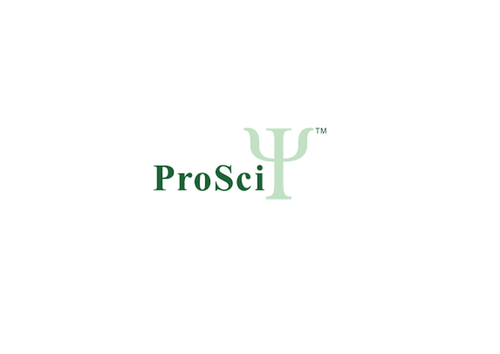
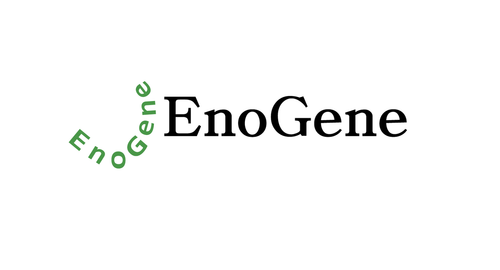
![FADS2 Antibody [APR33563G] FADS2 Antibody [APR33563G]](https://cdn11.bigcommerce.com/s-452hpg8iuh/images/stencil/500x659/products/873808/1165875/logo__92149.1659788186__68799.1659869208.png?c=2)


![FADS2 Antibody [APR33558G] FADS2 Antibody [APR33558G]](https://cdn11.bigcommerce.com/s-452hpg8iuh/images/stencil/500x659/products/873803/1165870/logo__92149.1659788186__21004.1659869206.png?c=2)
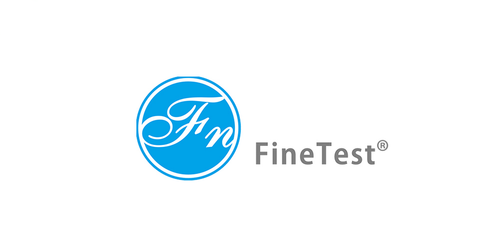
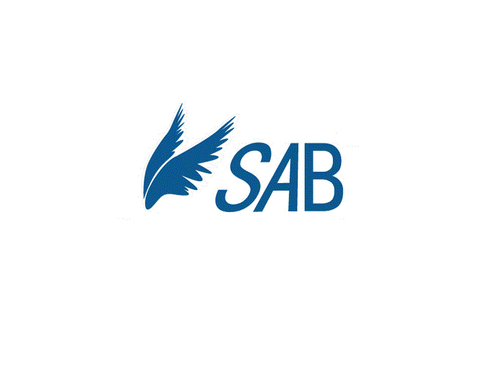
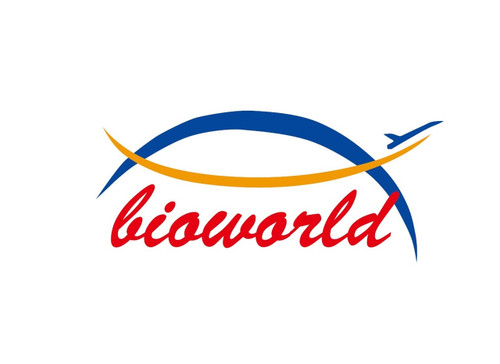
![FADS2 Antibody (Center) [AMM04502G] FADS2 Antibody (Center) [AMM04502G]](https://cdn11.bigcommerce.com/s-452hpg8iuh/images/stencil/500x659/products/867430/1159497/logo__92149.1659788186__81073.1659863628.png?c=2)